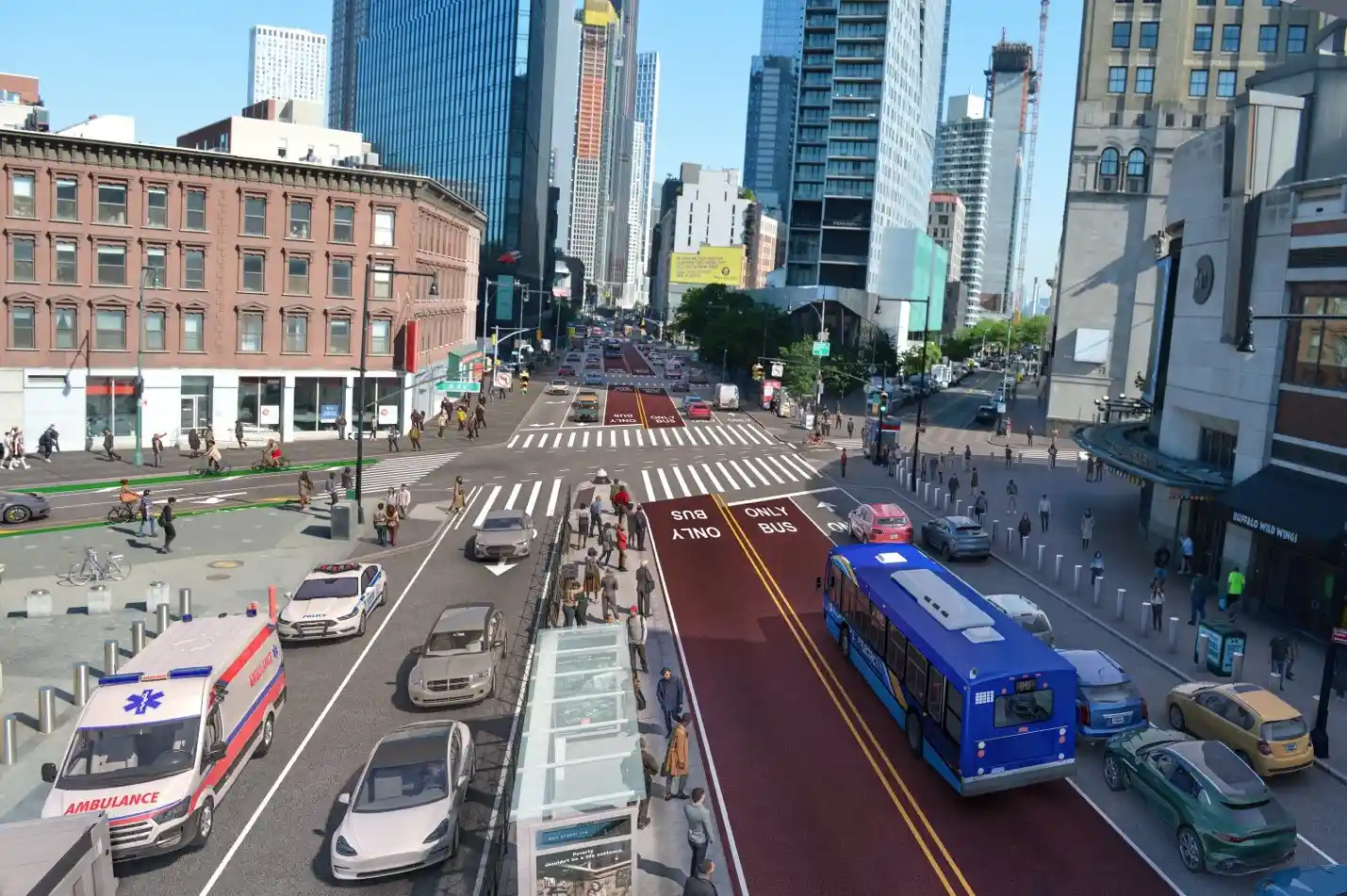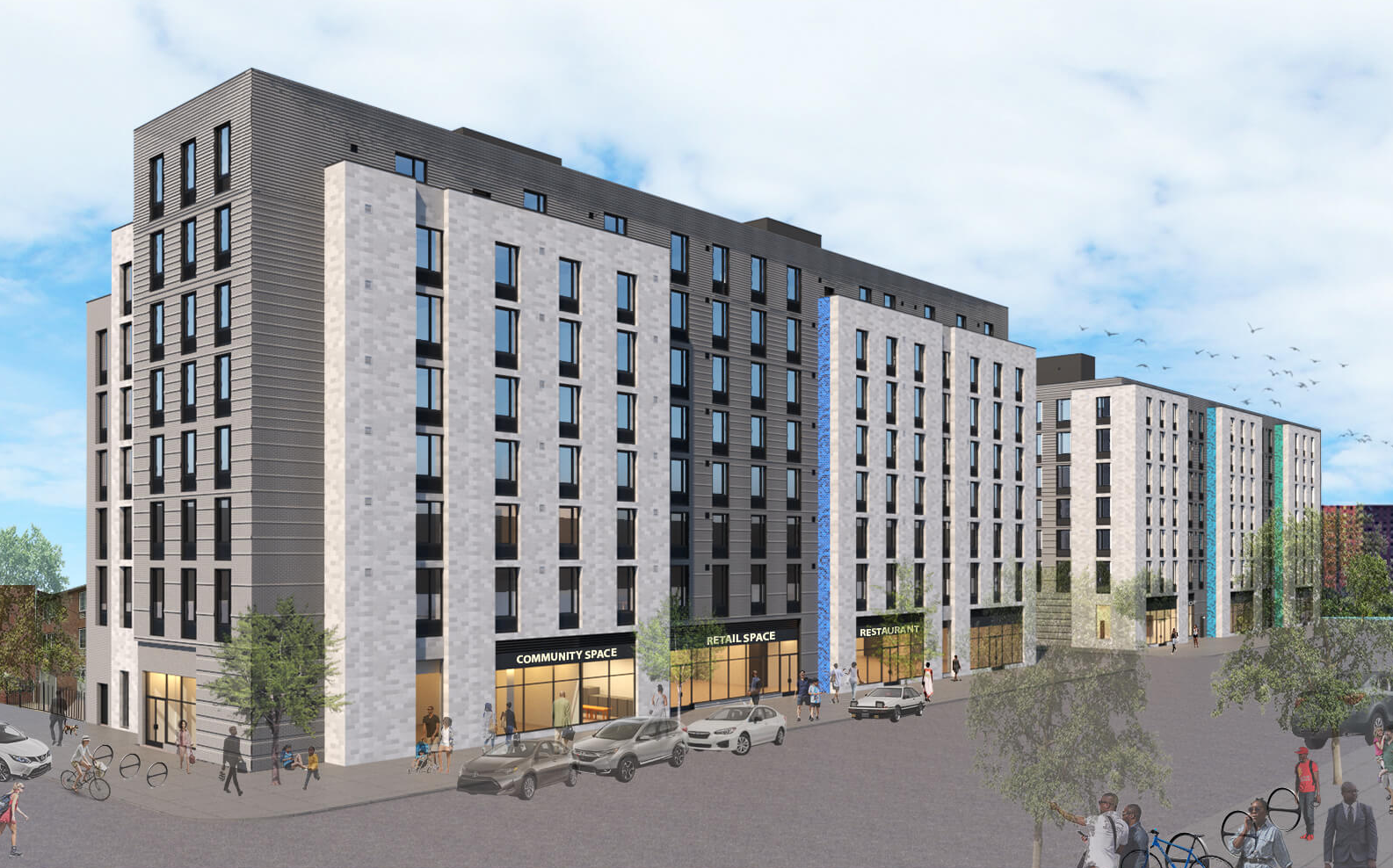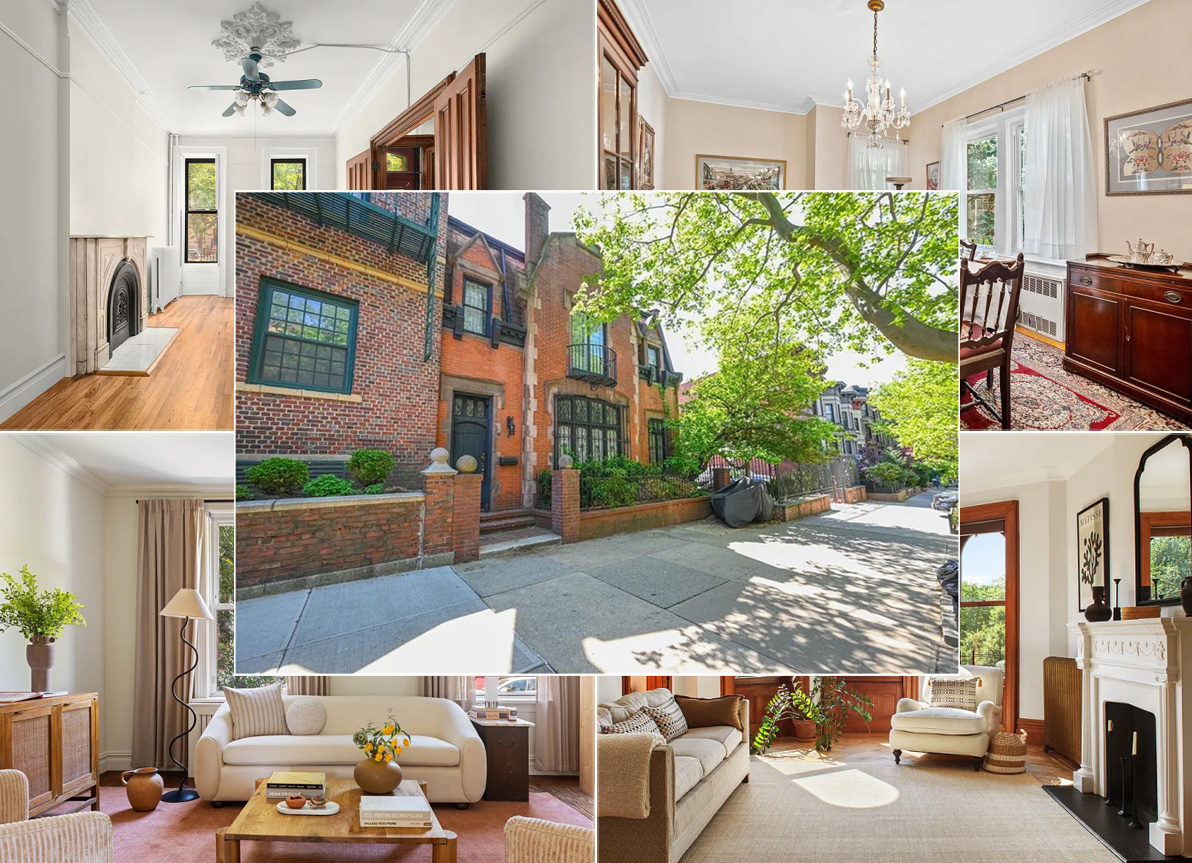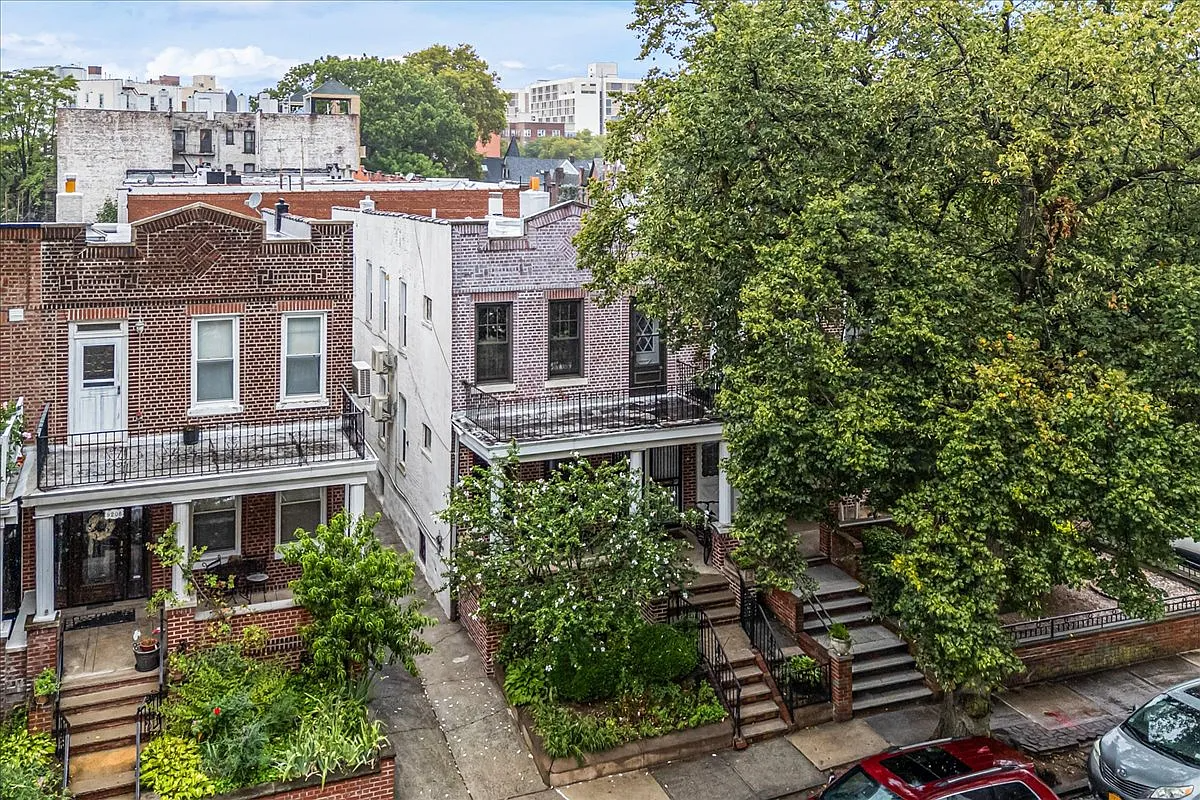Another Death on a Scarano-Certified Site
When does coincidence become a pattern? That’s the question Robert Scarano should be asking himself this morning. Manipulating building codes and giving the finger to entire communities is one thing; being consistently involved as a certifying architect in projects where workers are injured or killed is another. With news yesterday of Anthony Duncan being crushed…


When does coincidence become a pattern? That’s the question Robert Scarano should be asking himself this morning. Manipulating building codes and giving the finger to entire communities is one thing; being consistently involved as a certifying architect in projects where workers are injured or killed is another. With news yesterday of Anthony Duncan being crushed by a collapsing wall on a worksite at 733 Ocean Parkway, the Scarano-related death count reached three (207 South 1st and 187 20th Street). We know what he will say (in all capital letters, no doubt): It’s the fault of the developer (O.P. Equities) and the contractor (A-1 Construction Expo), not mine. Okay, we might be willing to give him the benefit of the doubt in any one isolated incident. What about when it happens twice? Three times?
Even if he has no legal culpability (which we are not in the position to judge), we hope this latest catastrophe will at the very least make Mr. Scarano do a better job of picking his partners. At a certain point, it’s like being the grown up who leaves a loaded gun out on the table and then says it’s not his fault when a child shoots himself. Mr. Scarano, you must have made enough money that you can stop whoring hiring yourself out to bottom-of-the-barrel clients who cut every corner they can. Please, stop enabling their irresponsible and dangerous behavior. How can you sleep at night?
Worker in Brooklyn Dies as Wall Falls [NY Times]
Brooklyn Worker Killed [NY Post]
Construction Worker Killed in Collapse [NY1]
733 Ocean Parkway DOB Application [NYC DOB]
Comments on 207 South 1st Death [Brownstoner]





Why is it clueless?
this is the most clueless post and / or comments i have ever read. if you are going to have a blog regarding all things built, past and present, you should educate yourself about the industry a bit.
your assumptions are so off base, they are in another galaxy
In today’s NY Daily News editorial section, worth posting as it relates to this string:
Fatally falling through the cracks
New York’s booming construction industry has given rise to an explosion of unsafe, even deadly, job sites. The latest human casualty was Tony Duncan, a 47-year-old building worker killed Tuesday by a falling foundation wall in Brooklyn.
Though authorities are still probing exactly what caused the wall to tumble, Duncan’s death fits a tragic pattern. From 2001 to 2005, the federal Occupational Safety and Health Administration recorded 68 “catastrophic” construction accidents in the city, “catastrophic” meaning a worker died or at least three were seriously hurt.
Mining OSHA data, the New York State Trial Lawyers Association found that such catastrophes happen predominantly on smaller jobs, many of them nonunion, rather than on major skyscraper projects. In 2002, the Bureau of Labor Statistics says, contractors with fewer than 20 workers employed 38% of laborers but accounted for 56% of deaths. And there are small job sites all over the city, like the Manhattan brownstone where Antonio Roman died in a scaffolding collapse in May 2002. Or the site of a new two-family home in Queens where Jian Guo Shen was buried under a concrete foundation in June 2004.
Deaths like these keep happening because there’s virtually no enforcement of building rules and no penalty for violating them. In the metropolitan area, OSHA averaged 2.3 job site visits a day in 2004; many contractors haven’t been inspected in a decade. And when a tragedy does occur and OSHA is called in, the penalties are laughable. For an on-the-job death, the average fine is less than $5,000. Repeat offenders are rarely hit with more than $10,000. It’s cost-effective for careless contractors to play fast and loose with safety precautions.
Against this backdrop of shoddy enforcement, the city’s building boom has fostered what OSHA calls an underground construction industry, sites with inadequate permits or none at all and no safety training for workers.
Back in 2000, when livery cab drivers were being killed on the job, the city mounted an intensive and successful effort to protect them. Yet in the construction industry, nothing changes as workers die on unsafe job sites. The government must do far more to protect these laborers. Their bosses clearly won’t.
–NY Daily News
http://www.nydailynews.com/03-11-2006/news/ideas_opinions/story/398652p-337838c.html
Anonymous at March 9, 2006 03:21 PM
are you blind? most bloggers are with Brownstoner. not the other way around like you are trying to present it.
Brownstoner, I, too enjoy your website, but you have really crossed the line here. It is really clear that you have a pure distaste for Scarano; your many posts have proven that, but, pardon me, the article is a bunch of crap, written to take the guy down. We get it, you like brownstones, hence the site name, new construction and gentrification are the enemy, etc., but you can’t escape that the reason the guy has so many projects in the works is because there is a great majority who disagree, namingly the true locals who have called these up-and-coming areas home for generations…
But, to stay on track here you took it too far. And the majority of bloggers here seem to agree.
Inspections, and who is responsible for which, are detailed in the Plan/Work application. In New York, architects are allowed to do engineering incidental to their design work — that is, I could design part of a heating system in a renovation I was working on, or detail some foundation sections with the appropriate rebar, dimensions, depths and specifications.
“Controlled inspections” are a subcategory of inspection that are observed and/or a report is issued for the results of the inspection. If this were my project I would have hired an engineer as a consultant to take on this particular inspection, as one is certainly not supposed to perform any work beyond one’s abiliities.
controlled inspections are performed for various components of the project (boring/test pits, underpinning, concrete, sprinklers, etc. – it can be quite a lengthy list). Typically a third party engineer is retained by the owner to inspect the work in question and certify that it was done according to the construction documents, specifications, and architect/engineer approved shop drawings (prepared by the contractor/subcontractor). The architect only certifies that such an inspection has taken place.
Anon 9:45,
We’ve already stated that we’re not claiming he has a legal responsibility. At this point, it’s become a moral one. If you were in his shoes, wouldn’t you want to do something proactive to try to prevent future accidents? One thing, we suggested, would be to be more careful about which developers he does business with. That’s all.
“controlled” inspection? no idea, really. however, if there was an inspection of the underpinning of the wall, i would suspect that either a civil or a structural engineer would be the qualified party to oversee that part of the job.